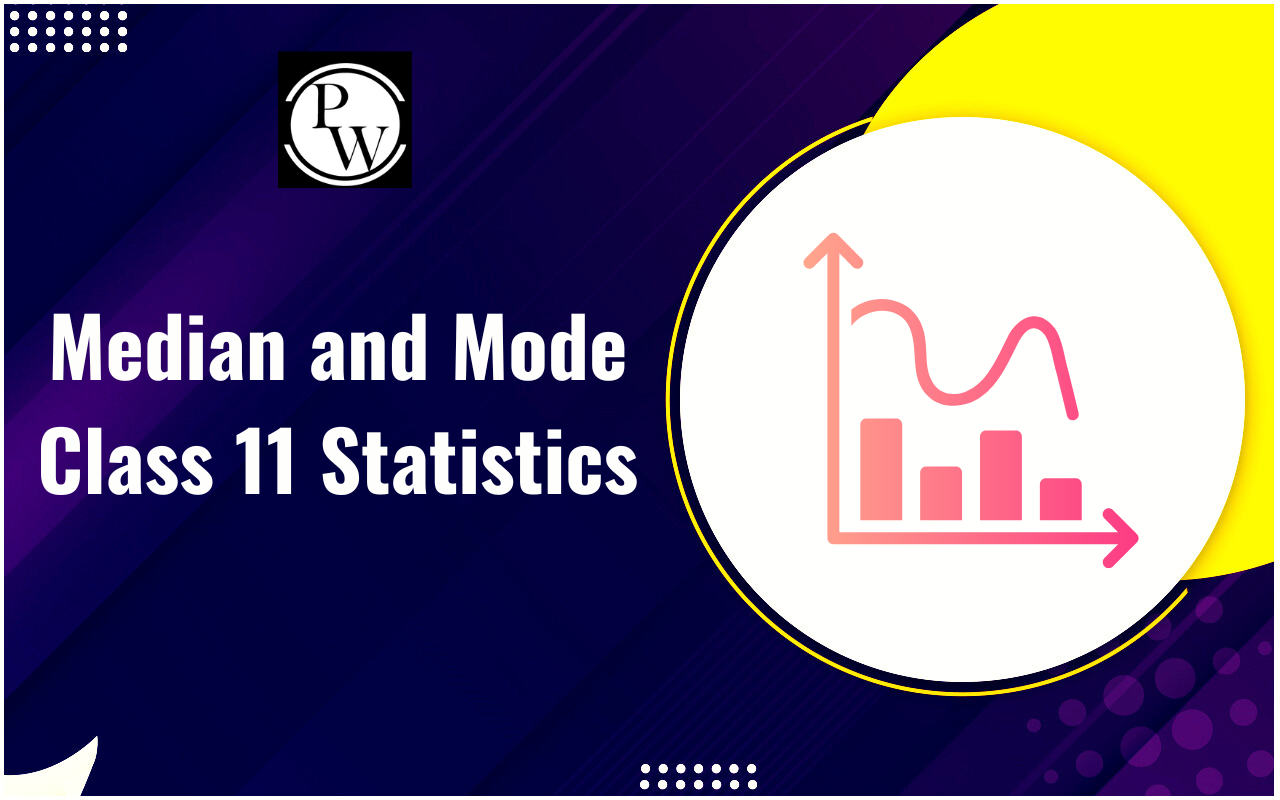
In finance and corporate operations, "Commercial Paper" (CP) is a term that frequently surfaces. It is a financial instrument that plays a pivotal role in the functioning of modern economies. Despite its significance, many individuals, even those with financial backgrounds, may not understand what commercial paper is, how it works, and why it matters.
Commercial paper is a vital financial instrument that serves the short-term financing needs of corporations and provides investors with a secure and liquid investment option. Its characteristics, including short maturities, high denominations, and credit ratings, make it a versatile tool in the financial world. However, it is not without credit and interest rate risks.
This in-depth exploration seeks to demystify commercial paper, providing a detailed understanding of its characteristics, issuance, use cases, risks, and real-world examples.
Definition of Commercial Paper
Commercial Paper (CP) is a financial instrument commonly used by corporations and financial institutions for short-term borrowing and liquidity management. It represents a promissory note issued by a company, essentially an IOU, with a promise to repay the face value on a specific maturity date. CP is an unsecured debt instrument that is not backed by collateral but relies on the issuer's creditworthiness.
Commercial Paper Historical Overview
The history of commercial paper dates back to the early 17th century in England when merchants used promissory notes to facilitate trade. In the United States, CP became prominent in the 19th century as a means for businesses to obtain short-term funding. Over time, it has evolved into a vital component of the financial markets, offering issuers a convenient way to raise capital and investors a relatively safe short-term investment option.
Commercial Paper Importance in Financial Markets
Commercial paper plays a critical role in the financial markets for several reasons:
- Liquidity Management: It allows corporations to efficiently manage their short-term cash flow needs.
- Diversification: Investors can diversify their portfolios by including CP, which offers a low-risk, short-term investment option.
- Capital Formation: Companies can access funds quickly to support their operations, reducing reliance on traditional bank loans.
Now that we have introduced commercial paper let's delve into its characteristics.
Characteristics of Commercial Paper
Maturity Period
Commercial paper typically has a short-term maturity, ranging from a few days to 270 days. However, the most common maturity period is between 30 to 270 days, making it a preferred choice for short-term financing needs.
Denomination
CP is available in various denominations, often starting at $100,000 or more. This high denomination means that individual investors typically do not participate directly in the CP market. Instead, they often invest indirectly through money market funds.
Issuers
The primary issuers of commercial paper are large, creditworthy corporations and financial institutions. These entities use CP as a means to raise funds quickly and at competitive rates. Common issuers include Fortune 500 companies, major banks, and well-established financial institutions.
Credit Ratings
Credit ratings are an essential aspect of commercial paper. Independent credit rating agencies assess the creditworthiness of CP issuers and assign ratings accordingly. These ratings help investors gauge the risk associated with a particular CP issuance. The highest-rated commercial paper is often referred to as "prime paper."
Liquidity
Commercial paper is highly liquid. It can be traded in the secondary market before its maturity date. The liquidity of CP makes it an attractive option for investors who may need to access their funds before the paper's maturity.
Issuance of Commercial Paper
Process and Participants
The issuance of commercial paper involves several participants:
- Issuer: The company or financial institution in need of short-term financing issues the commercial paper.
- Investors: Individuals, institutional investors, and money market funds purchase the CP.
- Dealers and Brokers: These intermediaries facilitate the sale and purchase of CP in the secondary market.
The process typically starts with the issuer determining the amount of funds needed and the desired maturity date. They then approach investment banks or dealers who assist in the issuance. The CP is offered to investors, who purchase it at face value, and it is then listed in the secondary market for trading.
Documentation
Commercial paper issuances involve the creation of legal documents, including the promissory note and an indenture agreement. The indenture agreement outlines the terms and conditions of the CP, including the interest rate, maturity date, and any covenants or restrictions.
Regulations
Commercial paper issuances are subject to regulations, primarily under the Securities Act of 1933 and the Securities Exchange Act of 1934 in the United States. Issuers are required to register the CP with the Securities and Exchange Commission (SEC) if they intend to offer it to a broad range of investors.
Uses and Benefits of Commercial Paper
Corporate Financing
Commercial paper serves as a crucial source of short-term financing for corporations. It allows them to fund operations, manage working capital, and meet short-term obligations. By accessing the CP market, companies can reduce their reliance on traditional bank loans, providing them with more financial flexibility.
Investment Opportunities
For investors, commercial paper offers a relatively safe and liquid short-term investment option. Money market funds, which are popular among individual and institutional investors, often invest in CP to provide stable returns while maintaining liquidity.
Short-Term Borrowing
Banks and financial institutions can use commercial paper to manage their short-term borrowing needs. They can issue CP to raise funds quickly and at competitive rates when necessary. This flexibility helps financial institutions optimize their balance sheets and liquidity.
Risks Associated with Commercial Paper
While commercial paper is generally considered a low-risk investment, it is not without its risks. It's crucial for both issuers and investors to be aware of these potential pitfalls.
Credit Risk
One of the primary risks associated with commercial paper is credit risk. Since CP is unsecured, investors rely on the issuer's creditworthiness to receive their principal and interest payments. If the issuer faces financial difficulties or defaults, investors may incur losses.
Liquidity Risk
Although CP is generally highly liquid, there can be instances of reduced liquidity, especially during periods of financial stress. If an investor needs to sell CP in a market with limited buyers, they may have to accept a lower price, leading to losses.
Interest Rate Risk
Commercial paper typically carries fixed interest rates. As such, investors are exposed to interest rate risk, meaning that the value of their investment may fluctuate if market interest rates change. For example, if market rates rise after an investor purchases CP with a lower fixed rate, the CP's value may decrease if they decide to sell it before maturity.
Examples of Commercial Paper
To better understand commercial paper's practical applications, let's explore some real-world examples and instances where commercial paper has played a significant role.
Companies Using Commercial Paper
- Apple Inc., one of the world's most valuable companies, has utilized commercial paper as part of its corporate financing strategy. They issue CP to raise funds for various purposes, including share buybacks and capital expenditures.
- Johnson & Johnson: This healthcare giant has a long history of issuing commercial paper to meet its short-term funding needs. With a strong credit rating, Johnson & Johnson's CP issuances are highly sought after by investors.
- Banks and Financial Institutions: Banks like JPMorgan Chase and Wells Fargo frequently issue commercial paper to manage their liquidity and optimize their balance sheets.
High-Profile Cases
- Financial Crisis of 2008: The commercial paper market experienced significant disruptions during the financial crisis. Investors became wary of CP due to concerns about issuer creditworthiness. To address this, the Federal Reserve implemented special programs to support the CP market and stabilize the financial system.
- Lehman Brothers: The bankruptcy of Lehman Brothers in 2008 profoundly impacted the commercial paper market. Many investors held Lehman Brothers' CP when the firm collapsed, resulting in significant losses and heightened concerns about counterparty risk.
- COVID-19 Pandemic: The onset of the COVID-19 pandemic in 2020 led to increased volatility in financial markets, including the commercial paper market. Corporations faced challenges in rolling over maturing CP as investors became more risk-averse. Central banks worldwide implemented measures to stabilize the market.
Market Trends
- Digitalization: The issuance and trading of commercial paper have become increasingly digitalized. Digital platforms and blockchain technology are being explored to streamline the issuance process and enhance transparency.
- Sustainability: ESG (Environmental, Social, and Governance) considerations are gaining prominence in financial markets, including the CP market. Some issuers are exploring green commercial paper used to finance environmentally sustainable projects.
- Regulatory Changes: Regulatory authorities continue to monitor and adapt commercial paper issuance and trading regulations to ensure market stability and investor protection.
Commercial Paper FAQs
What is Commercial Paper?
How does Commercial Paper work?
Who are the typical issuers of Commercial Paper?
What are the risks associated with Commercial Paper?
Why is Commercial Paper important in finance?










